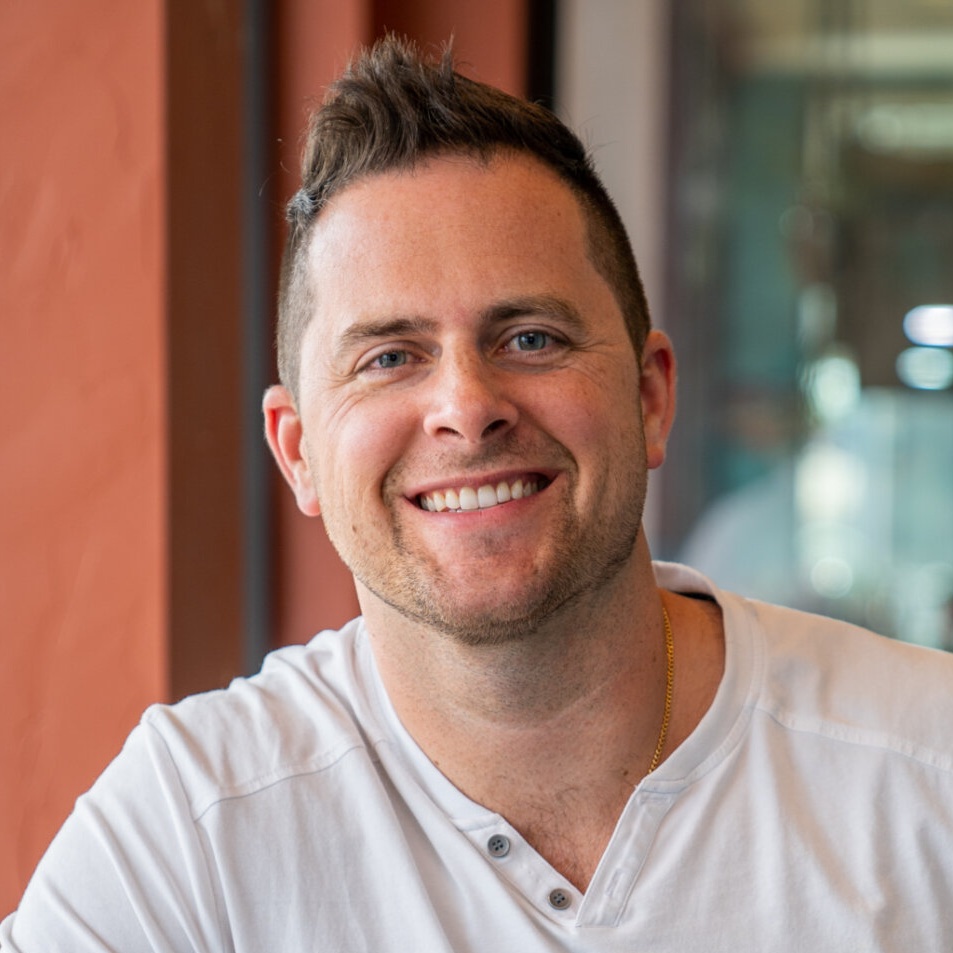Ralph Lauren made a big mistake in Indonesia. He never trademarked “Ralph Lauren” or “Polo Ralph Lauren” there. Maybe he thought, Who’s going to care about that market? But in Indonesia, where my wife is from, you’ll see “Polo Ralph Lauren” shops everywhere. Ferry terminals. Back alleys. Random roadside stalls. The stores aren’t his, but the signs, the logos, even the interior design, they’re perfect copies.
The clothes? They look legit on the rack, but one wash and you can tell the difference. Ralph Lauren actually tried to work with the Indonesian government to stop it, but the problem was simple: someone else, probably a local who’d studied in the U.S., discovered the brand, then came home, filed the trademarks first. They trademarked everything… every name, every variation. And under Indonesian law, there was nothing Ralph Lauren could do.
That story stuck with me. It’s one of the reasons I made sure to trademark My Pet Go early. We didn’t go crazy protecting it in every single country, but we locked down the name in key markets. Our logo? That can change over time. But the name is what matters.
Our first product is like a Whoop strap, but for dogs. Right now, it’s canine-only. Cat owners will have to wait until 2026. The device tracks things like heart rate variability, step count, breathing, and temperature. Pets can’t tell us when something’s wrong, so we use the data to “speak” for them, explaining what’s happening in plain English and connecting owners to a vet or service when needed.
We went with B2B instead of selling directly to pet owners. It’s expensive to win over customers one at a time, and big companies already have trusted relationships with millions of pet parents. We partner with them, power their apps, and share revenue. It’s less about the gadget itself and more about the data, the insights that keep pets healthier, longer.
We haven’t patented our first-generation hardware. We knew Gen 2 would be better, so we’ll focus patents on the improved version, especially our proprietary algorithms. Our goal isn’t to be a hardware company. We’re a data company that happens to build the hardware needed to get that data.
It’s a tough business to copy. You need hardware, software, AI, manufacturing, distribution, and partnerships. But we’ve been building it for four years, and now we’re working with major industry players. By next year, we’ll likely be powering pet health platforms for millions of users.
In the end, it’s simple: the better you understand your pet, the better life you can give them. And that’s worth protecting.
